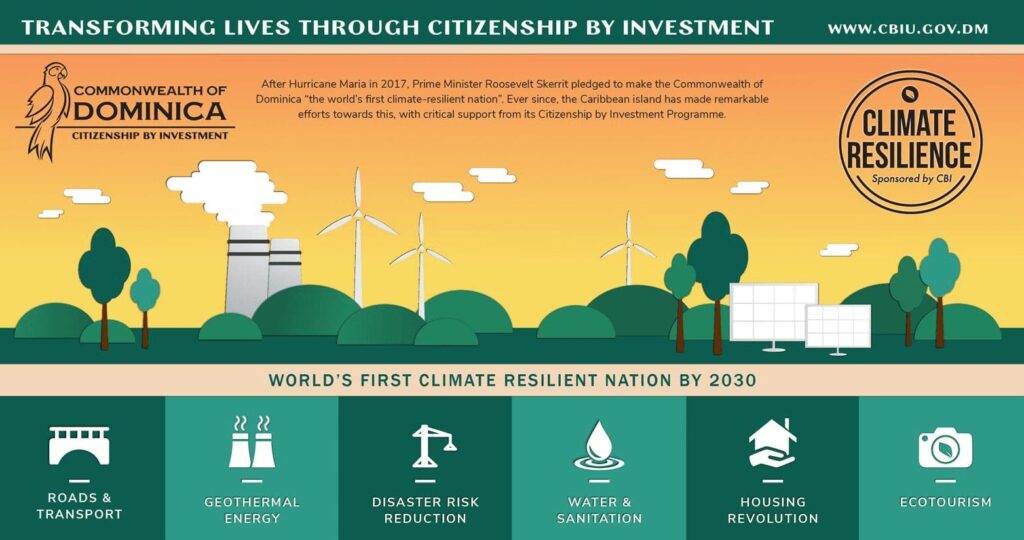Building a Climate-Resilient Nation in Dominica
As the impacts of climate change continue to intensify, communities around the world are finding innovative ways to prepare for natural disasters. In Dominica, a Caribbean island, local residents have relied heavily on informal communication networks to stay informed about severe weather events. According to Dr. Jennifer Trivedi, a researcher focused on disaster preparedness, personal connections play a crucial role. “Frequently, when I inquire about how individuals learn about an approaching hurricane or fluctuations in floodwaters, the response often points to friends or neighbors,” she notes. “Whether it’s a knock on the door, a phone call, or discussions at church, these trusted networks prove invaluable.”
This grassroots communication is vital as it provides additional layers of information beyond the traditional alerts sent to smartphones. Dr. Trivedi emphasizes that not everyone has access to this technology. “Many people lack smartphones or do not utilize their full capabilities, particularly in areas with poor signal reception,” she explains.
Traditional Early Warning Systems
In Dominica, the indigenous Kalinago community plays a key role in the island’s disaster response system. Frederick Donaldson, disaster coordinator for the territory, highlights that their cascade early warning system has been in use for centuries. This structured approach begins with urgent notifications from a national level, gradually trickling down through various community channels until it reaches residents effectively. Central to this system is the Kalinago council, governed by the local chief.
While the existing system has its strengths, Dr. Noah Maharaj argues that addressing data deficiencies is critical for the future. “There is a significant lack of data on anticipated sea-level rise and wave climate projections for many islands. Given our vulnerability along coastlines, this is alarming,” she states. Additionally, she emphasizes the necessity of gathering information on the ecological value of ecosystems in combating climate change and forecasting future habitability.
International Cooperation and Local Involvement
Dr. Trivedi believes that enhancing habitability relies heavily on collaboration across various levels of society. “Decisions regarding the livability of our areas must occur not just in local city halls but also in international platforms such as the United Nations,” she insists.
A cohesive warning system that addresses multiple hazards is essential, according to Sam Fearnley, who advocates for ongoing investment in public education. “It’s crucial to think holistically and maintain a continuous dialogue every year. This encompasses nurturing relationships and refreshing knowledge to integrate warning systems into the everyday lives of citizens,” she remarks.
Preparedness for Future Storms
Reflecting on past events, Kelman asserts that Dominica has the potential to mitigate the devastating effects of future hurricanes, even those categorized as Category 5. “We can endure hurricanes without resulting in disasters, provided that all segments of our infrastructure, including early warning systems, function effectively and are informed by scientific guidance,” he states.
| Aspect | Details |
|---|---|
| Communication Networks | Local friends, neighbors, and community ties |
| Early Warning System | National information flows down to the community, driven by the Kalinago council |
| Data Needs | Essential sea-level rise and ecological data |
| Cooperation Levels | From local communities to international bodies |
| Disaster Preparedness | Resilient infrastructure and effective systems |
As Dominica continues its journey towards becoming one of the first climate-resilient nations, it serves as a model for other regions grappling with similar challenges. Through a combination of traditional knowledge, scientific data, and robust communication strategies, the island is charting a path for a sustainable future.


